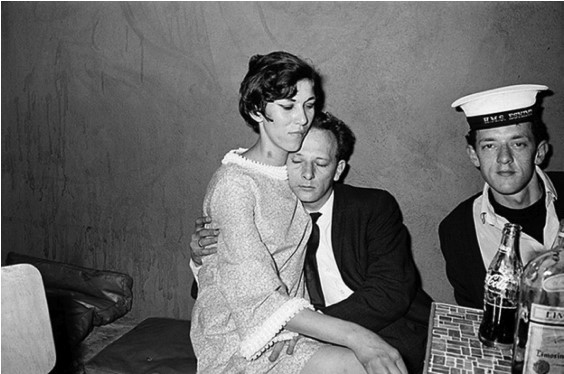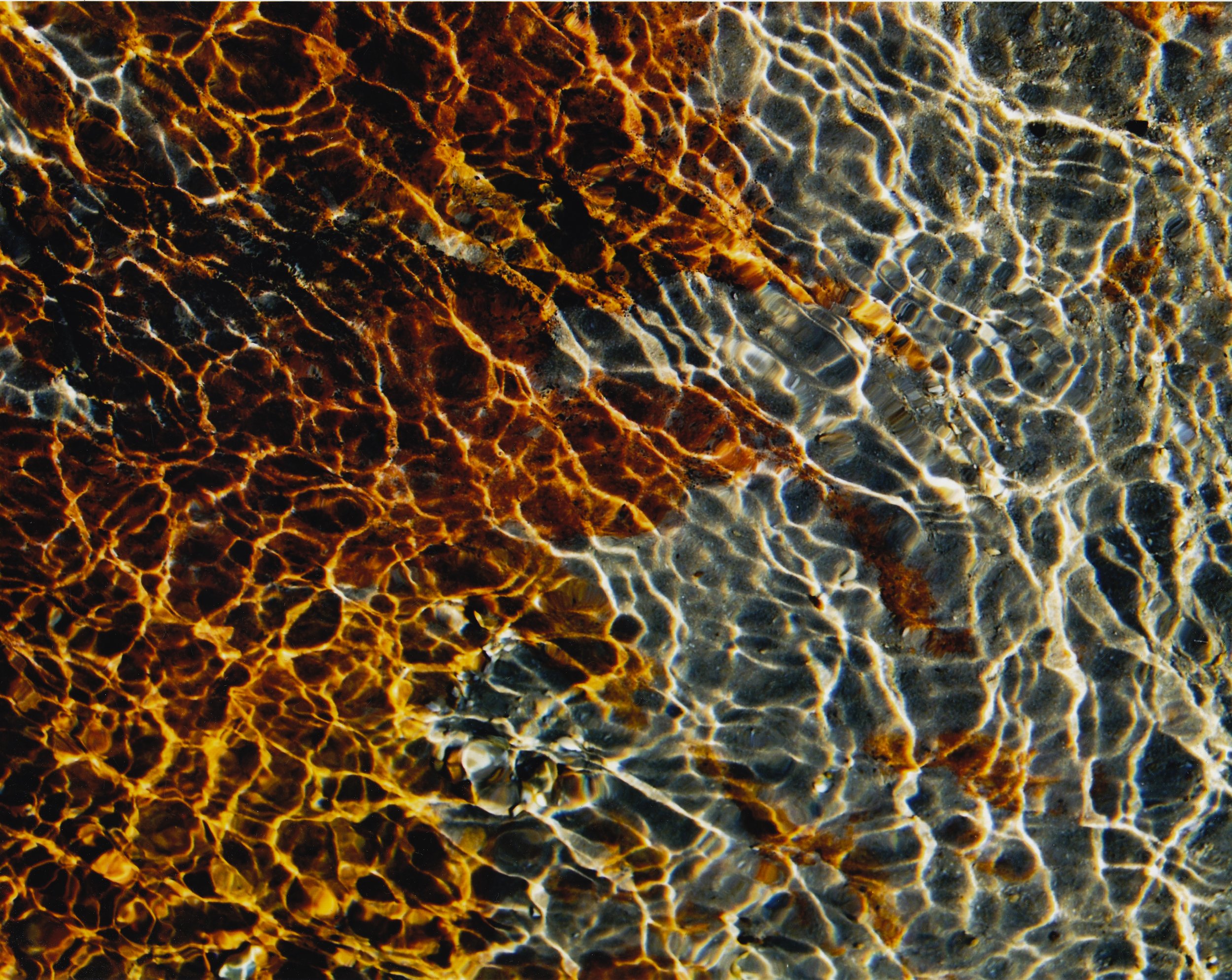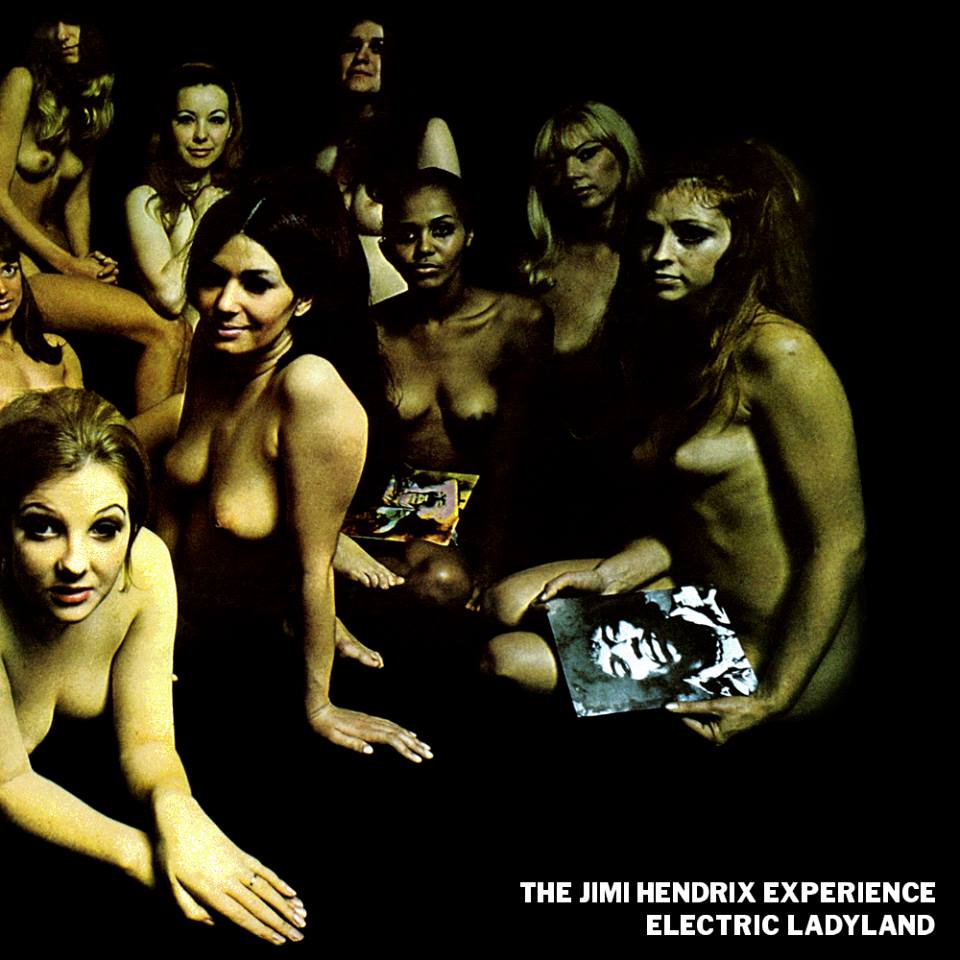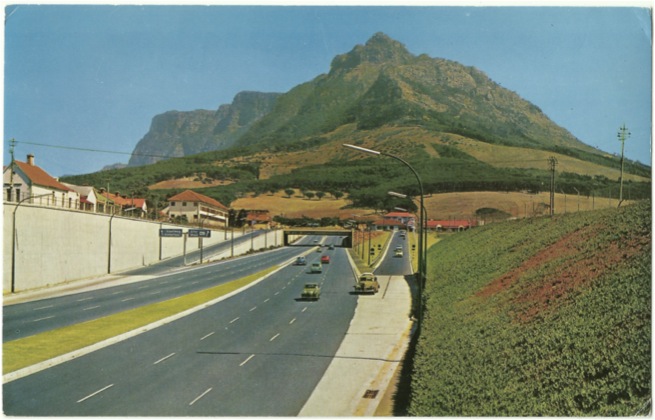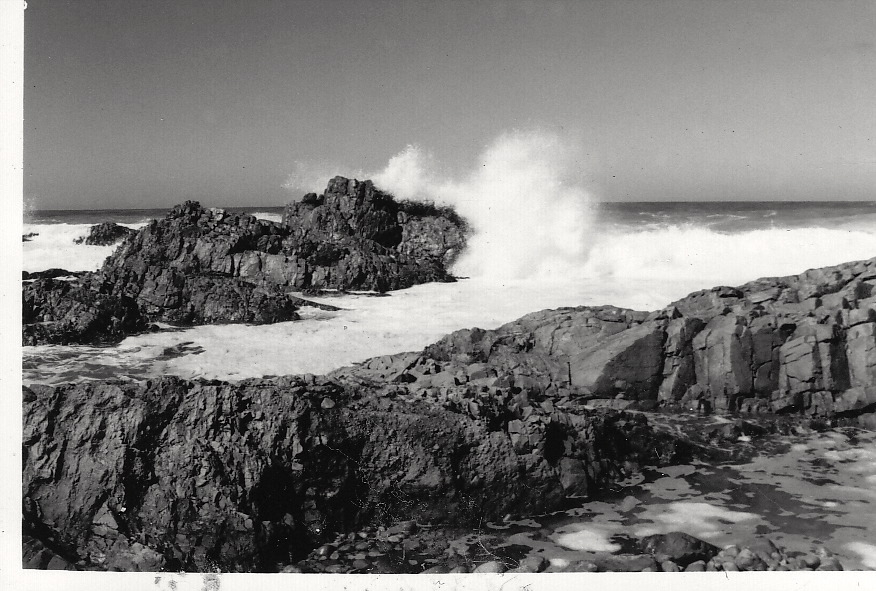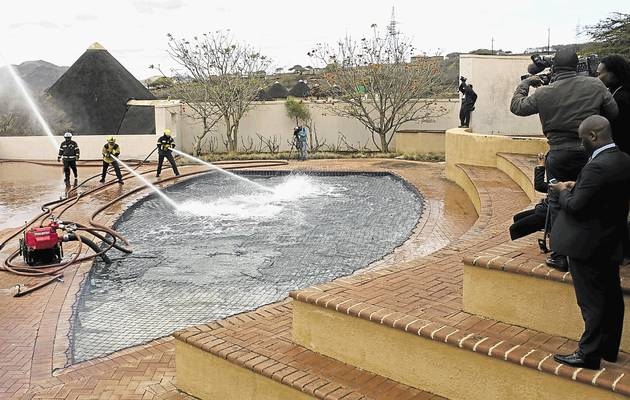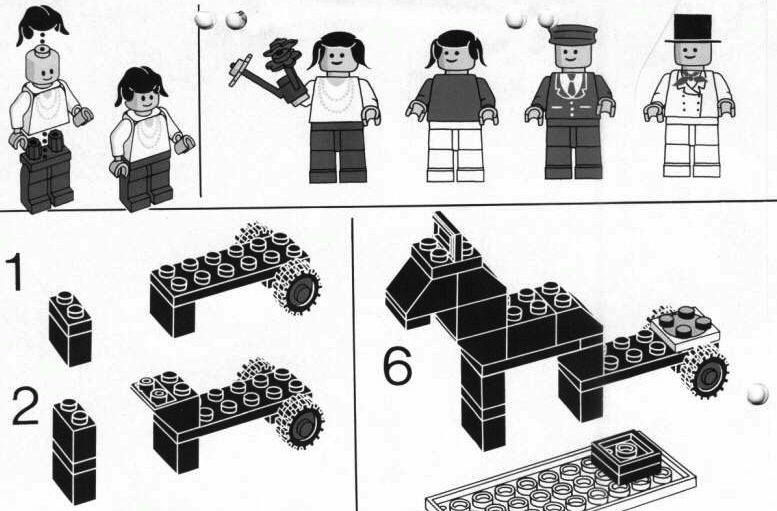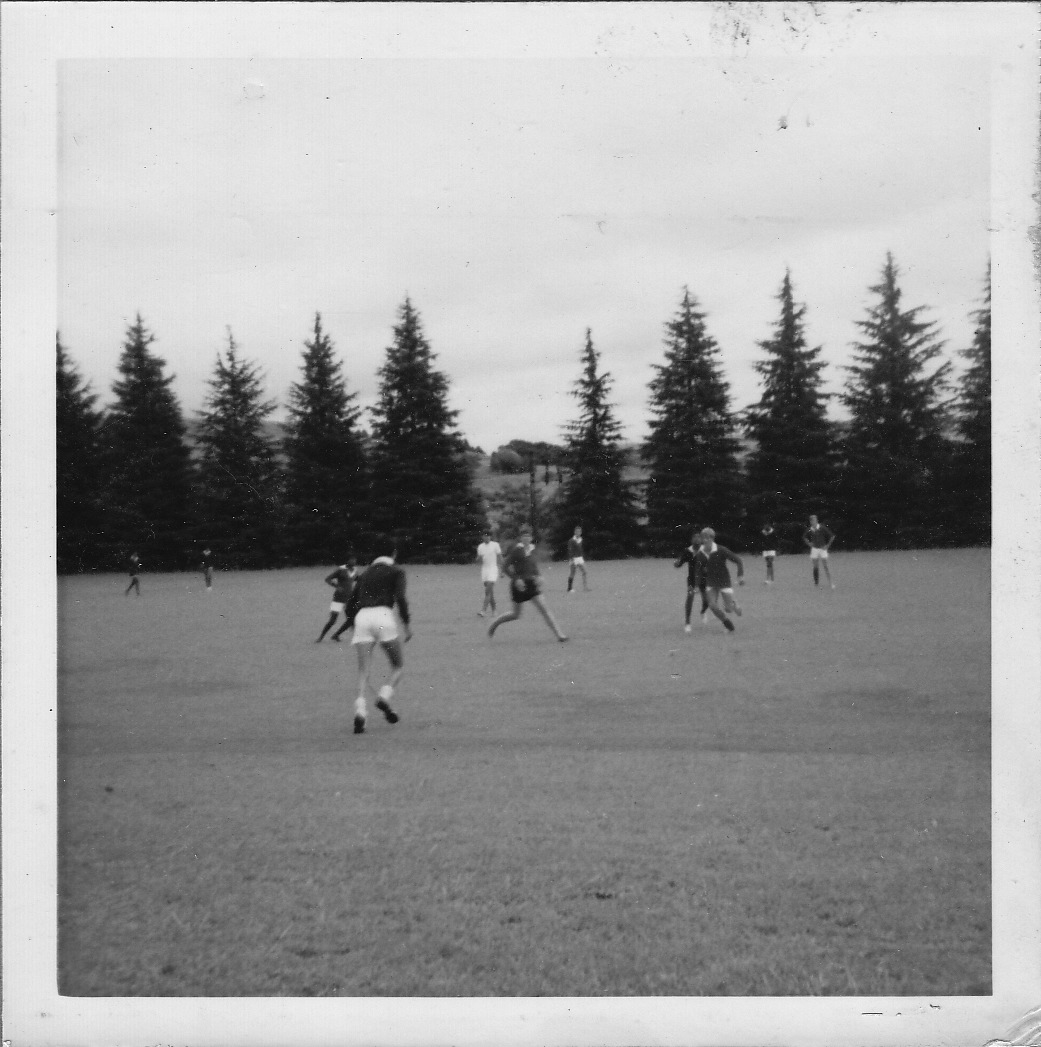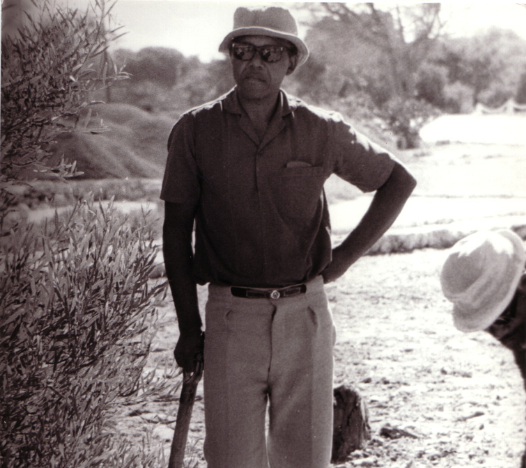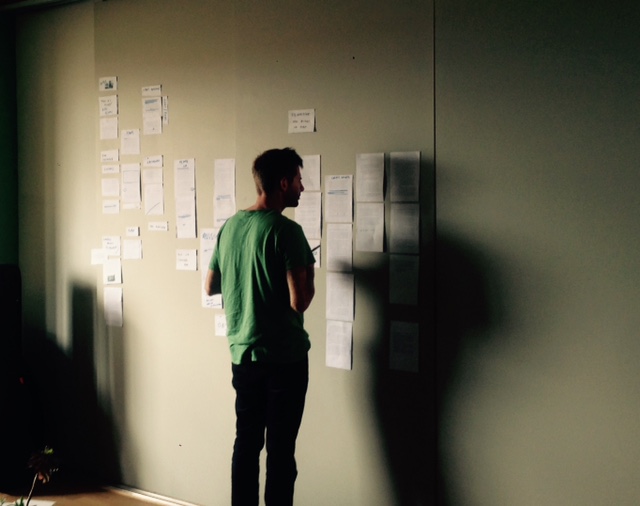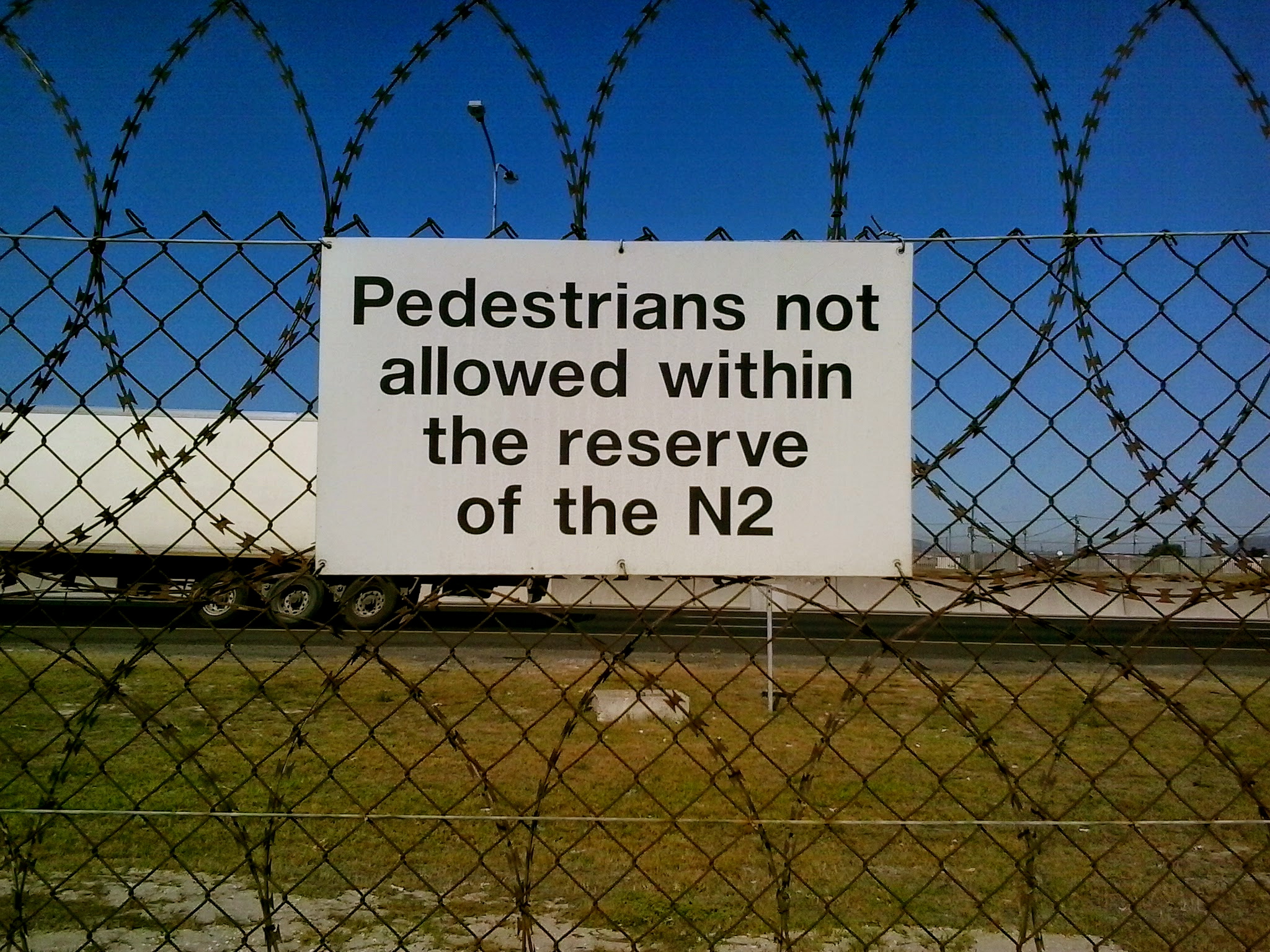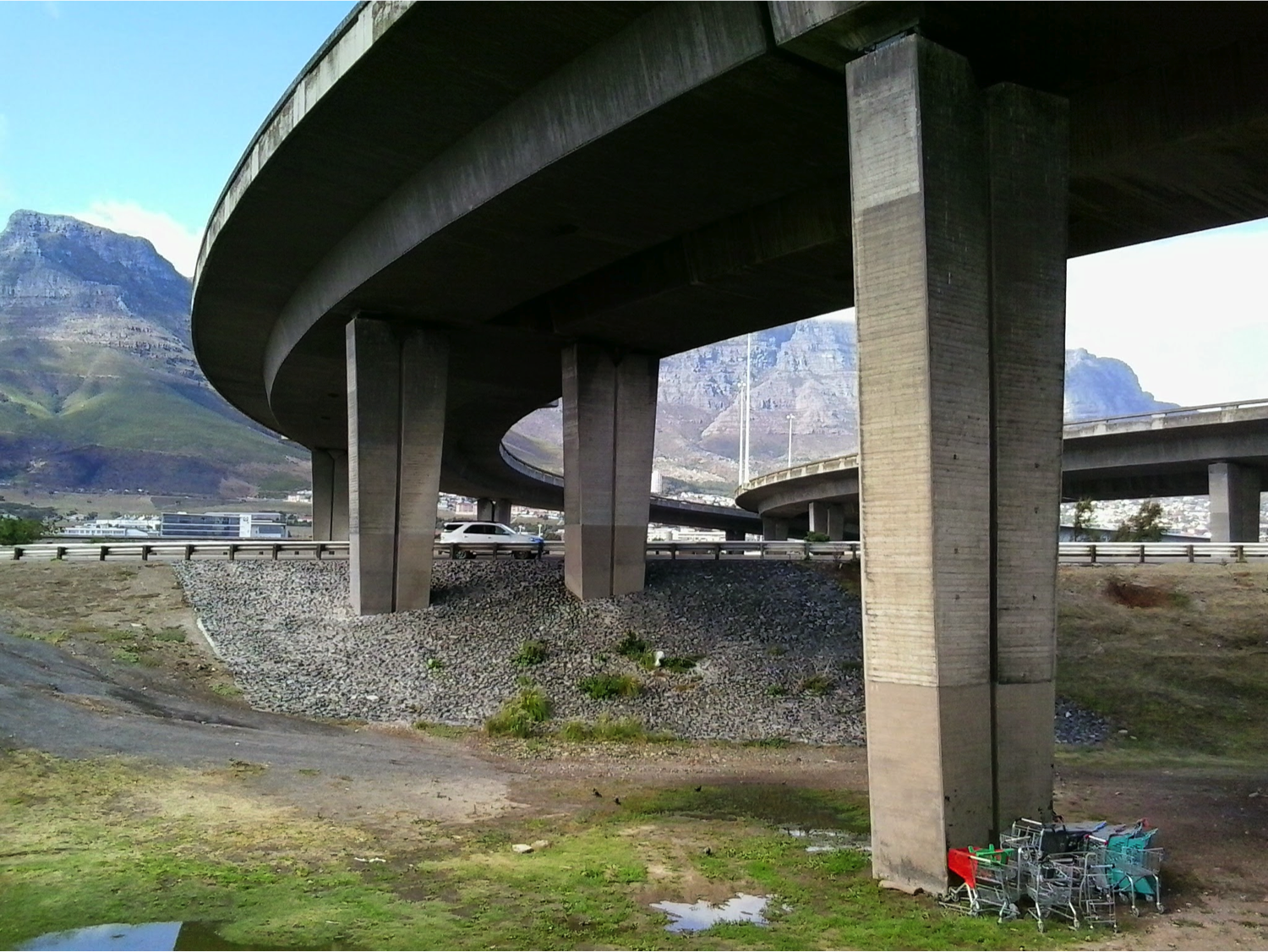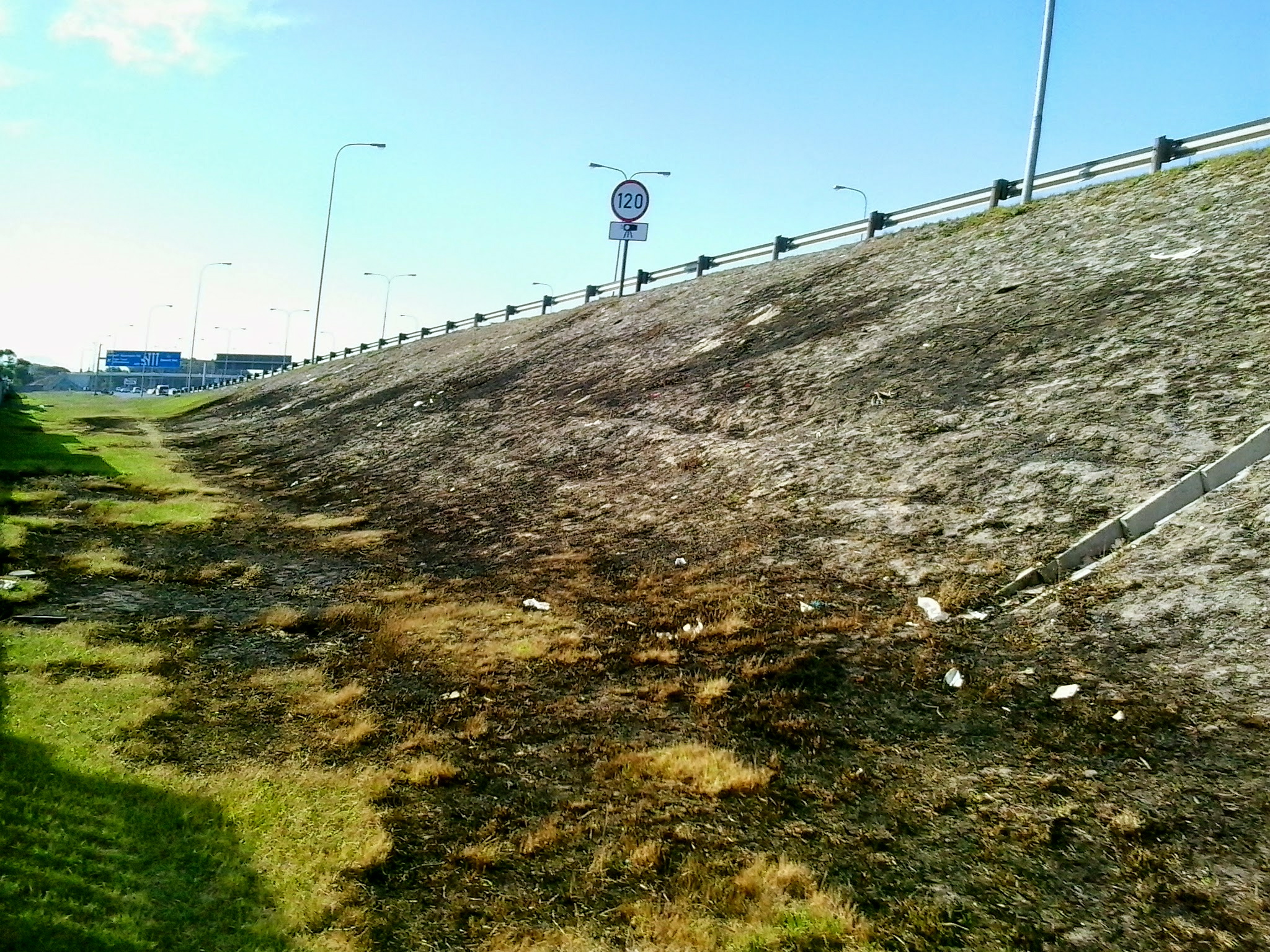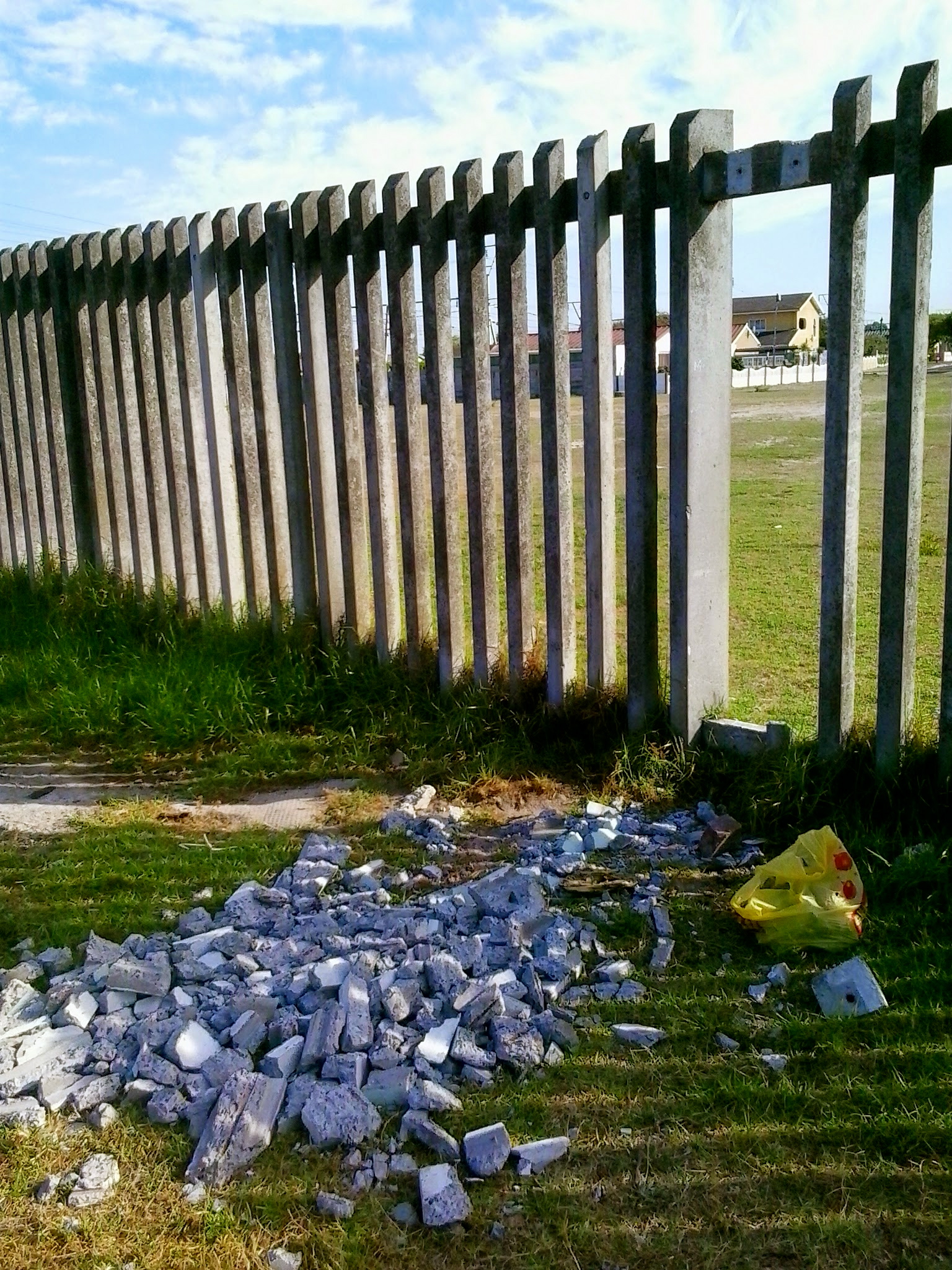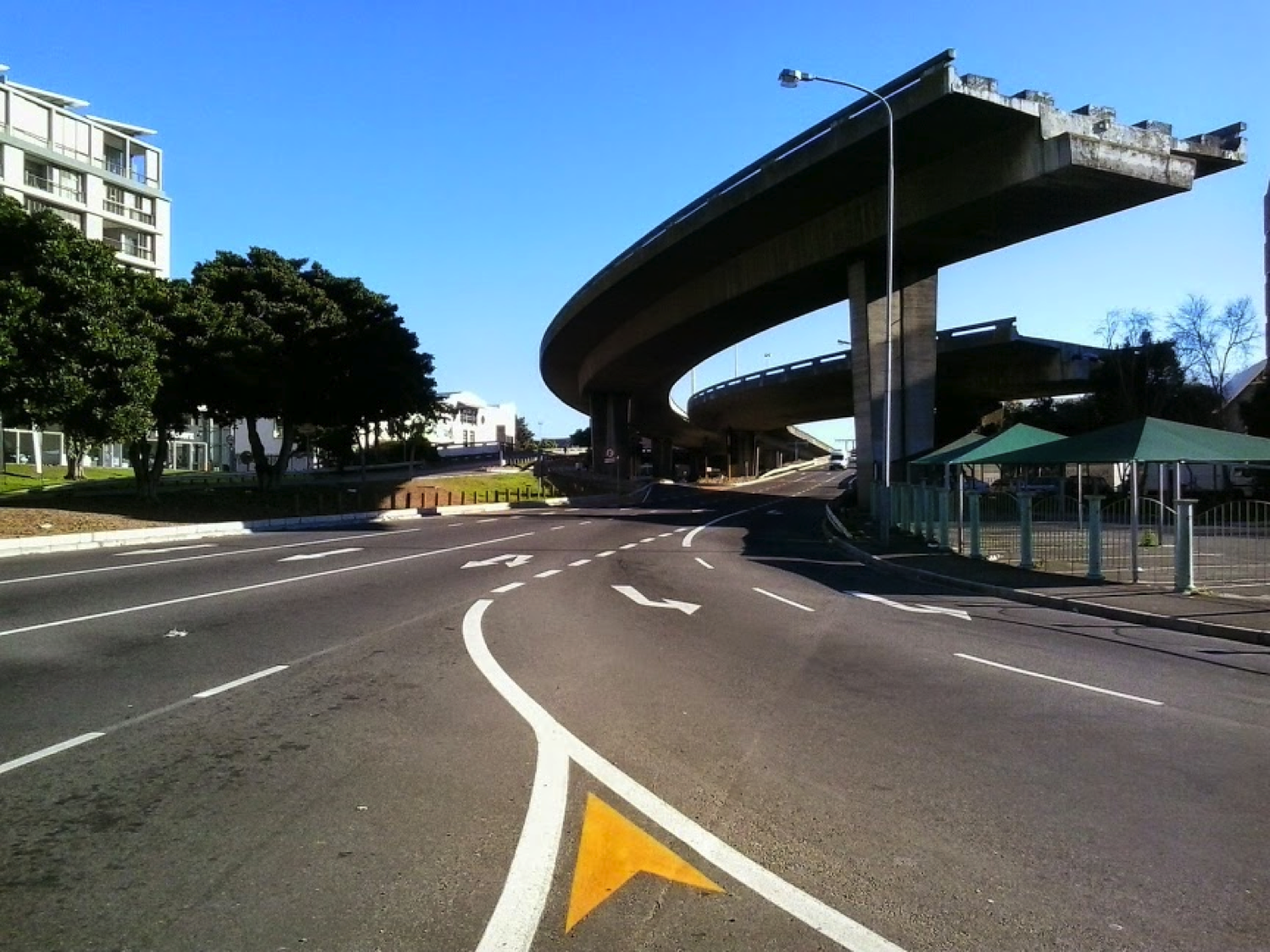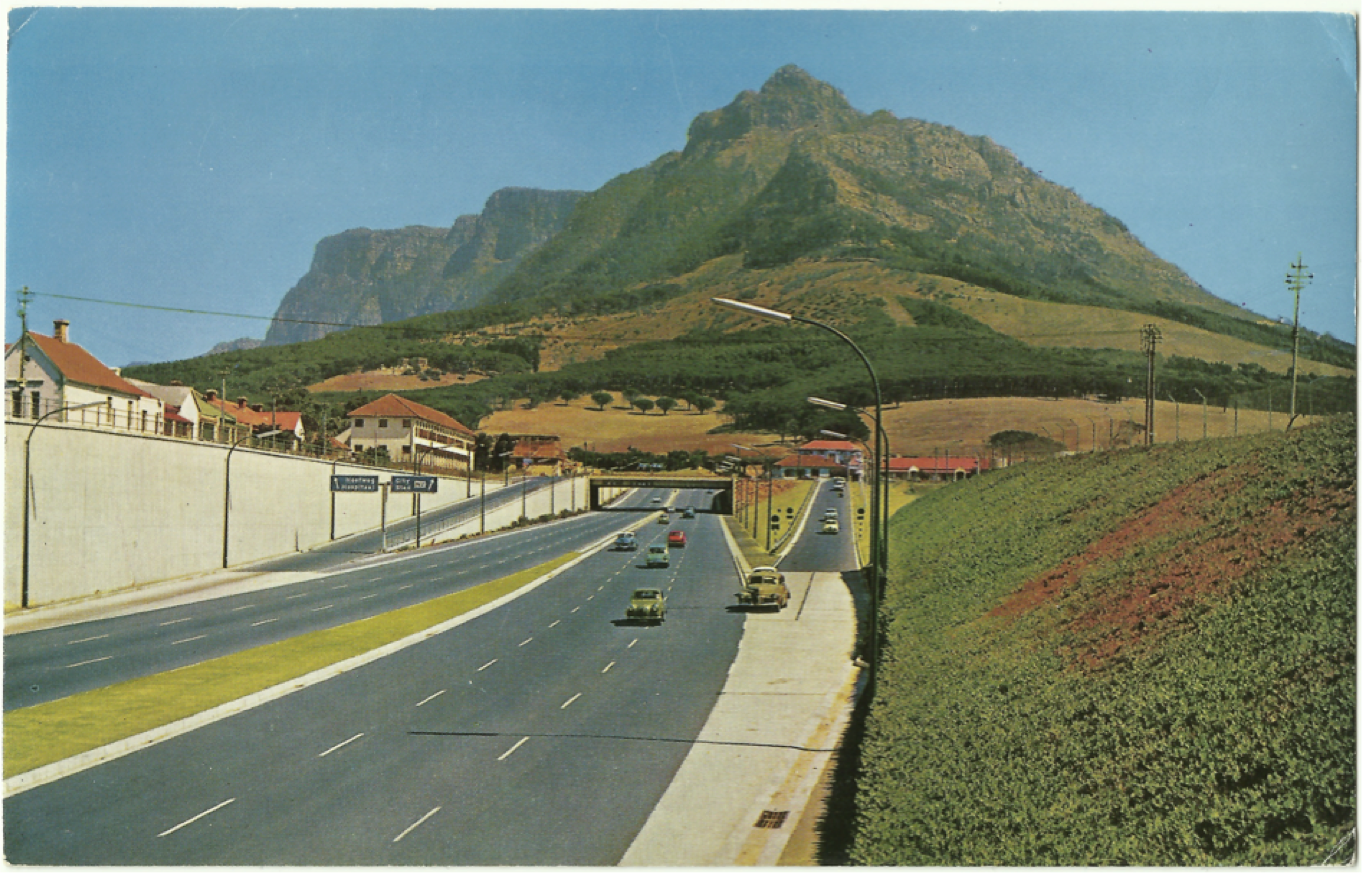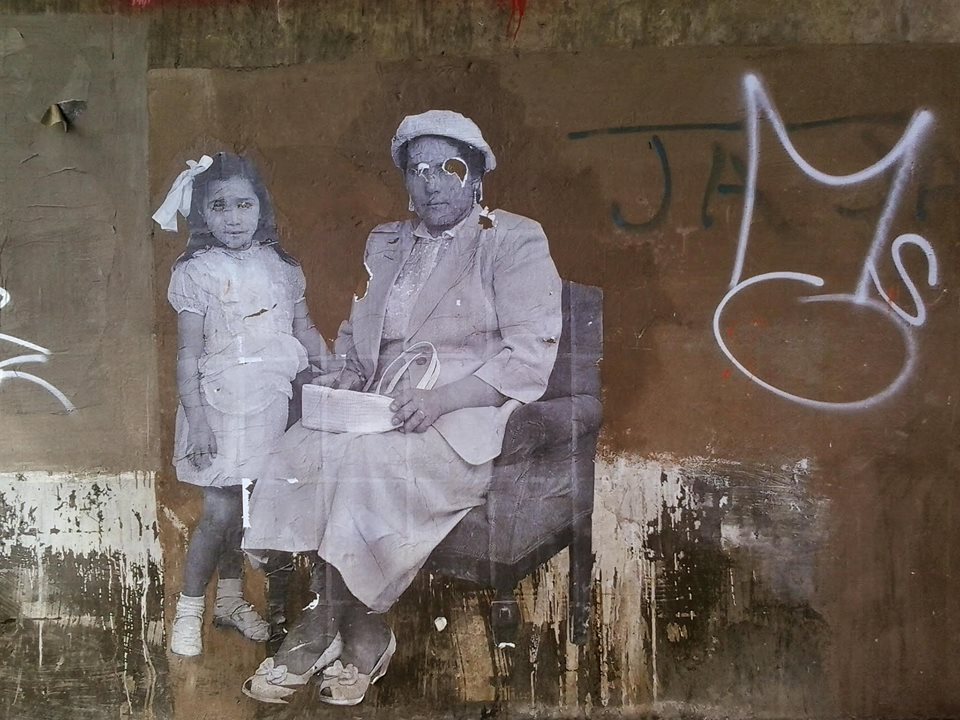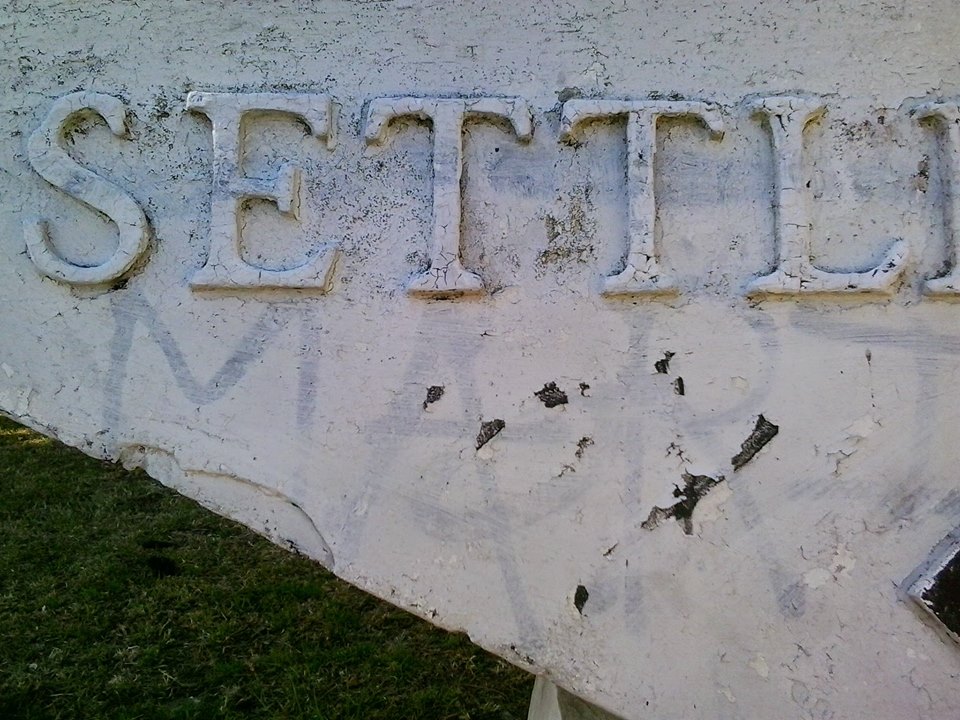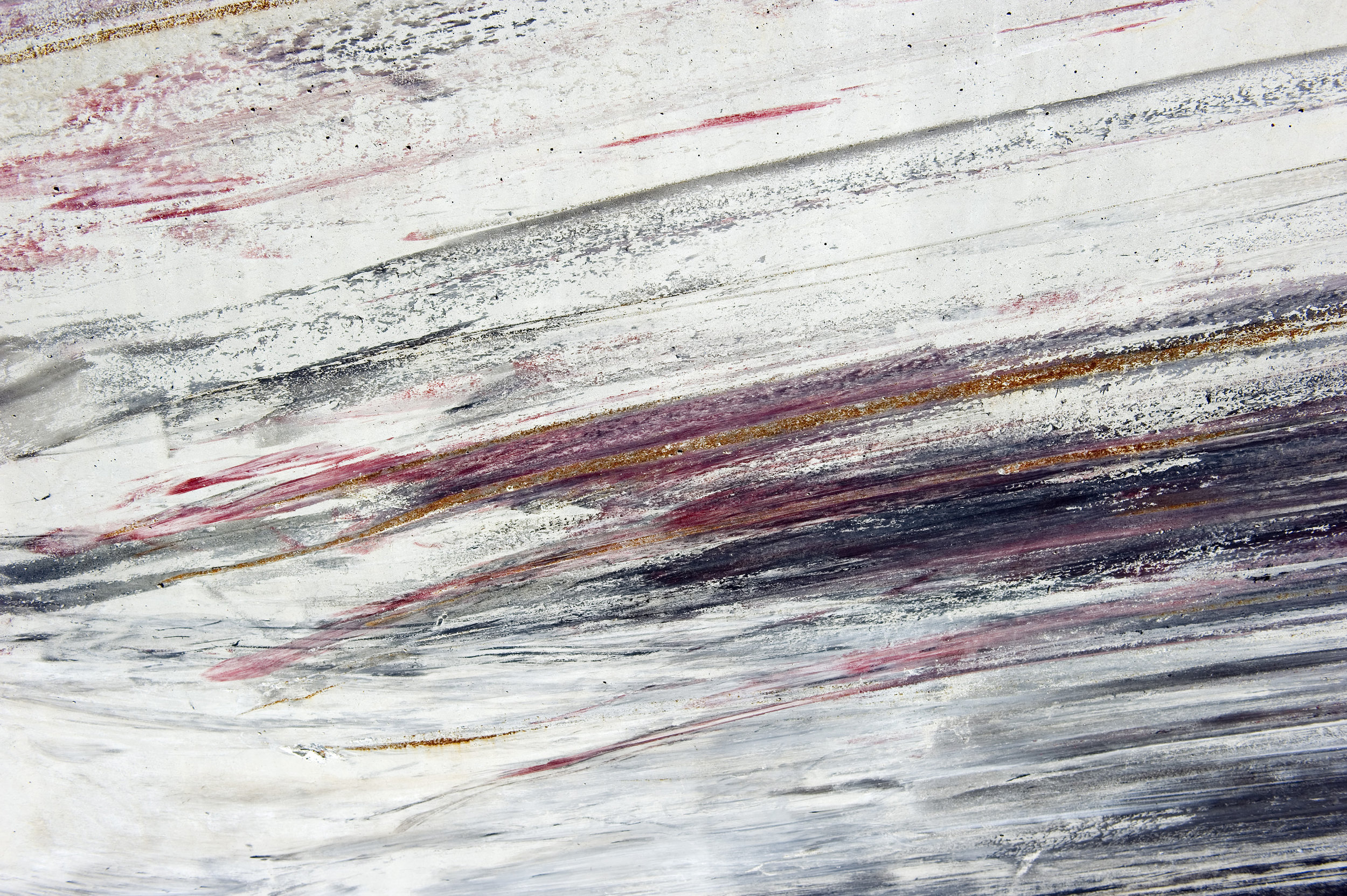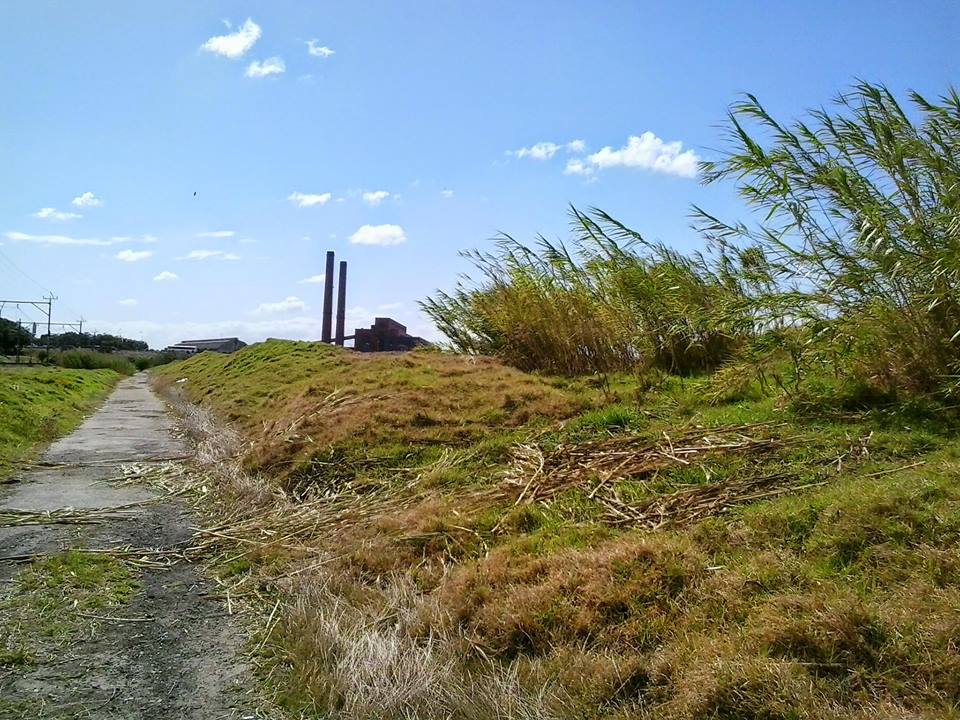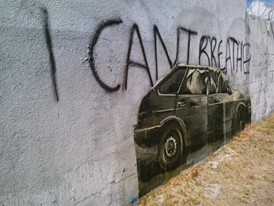Stories from the end of representation.
Business Day, 14 January 2020. Image gallery.
‘Of course, you know the universe isn’t really that colour?’
While finishing my doctorate, I lived in a flat full of engineers and scientists. An astrophysicist called Giorgos and I would sit at opposite ends of a long dining room table, writing up our respective PhDs: mine on literature, his on black holes. Giorgos took great pleasure in pointing out basic scientific truths and generally revealing how ignorant know-all humanities types are about life, the universe and just about everything. I had been marvelling at some of the images from the Hubble Space Telescope (HST): the vast dust spires of M16, the Eagle Nebula; the Ring Nebula M57 in Lyra, dubbed ‘The Eye of God’; the ultra-long exposure of the Hubble Deep Field, stretching the instrument to its limits, the blackness speckled with a riot of colourful galaxies.
‘Most of it isn’t any colour at all’, Giorgos went on, ‘Strictly speaking.’
It came as a bit of a shock to me: that the Hubble pictures which adorn so many calendars and desktop backgrounds are actually ‘false colour’ images, regarded by many scientists as a necessary but rather kitsch public relations exercise. Their palettes, cropping, orientations, even the ‘lens flare’ of cross-shaped diffraction spokes that one can see on especially bright galaxies in the Hubble Deep Field – all of these are aesthetic decisions and additions made by those processing the grayscale digital images actually captured by the Hubble cameras (these can be accessed online and are in some ways more austerely beautiful than the gaudy, colourised versions).
Read More








